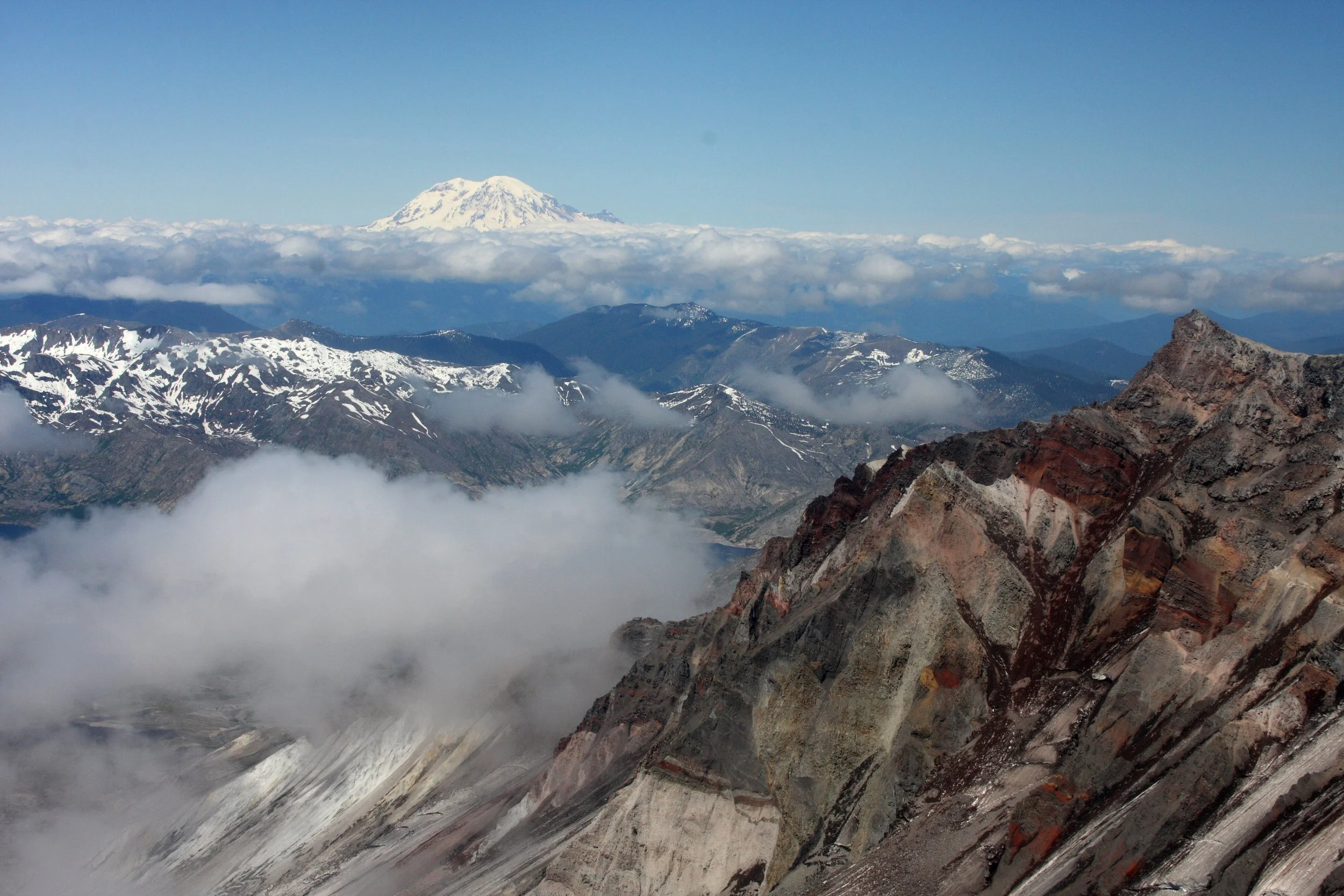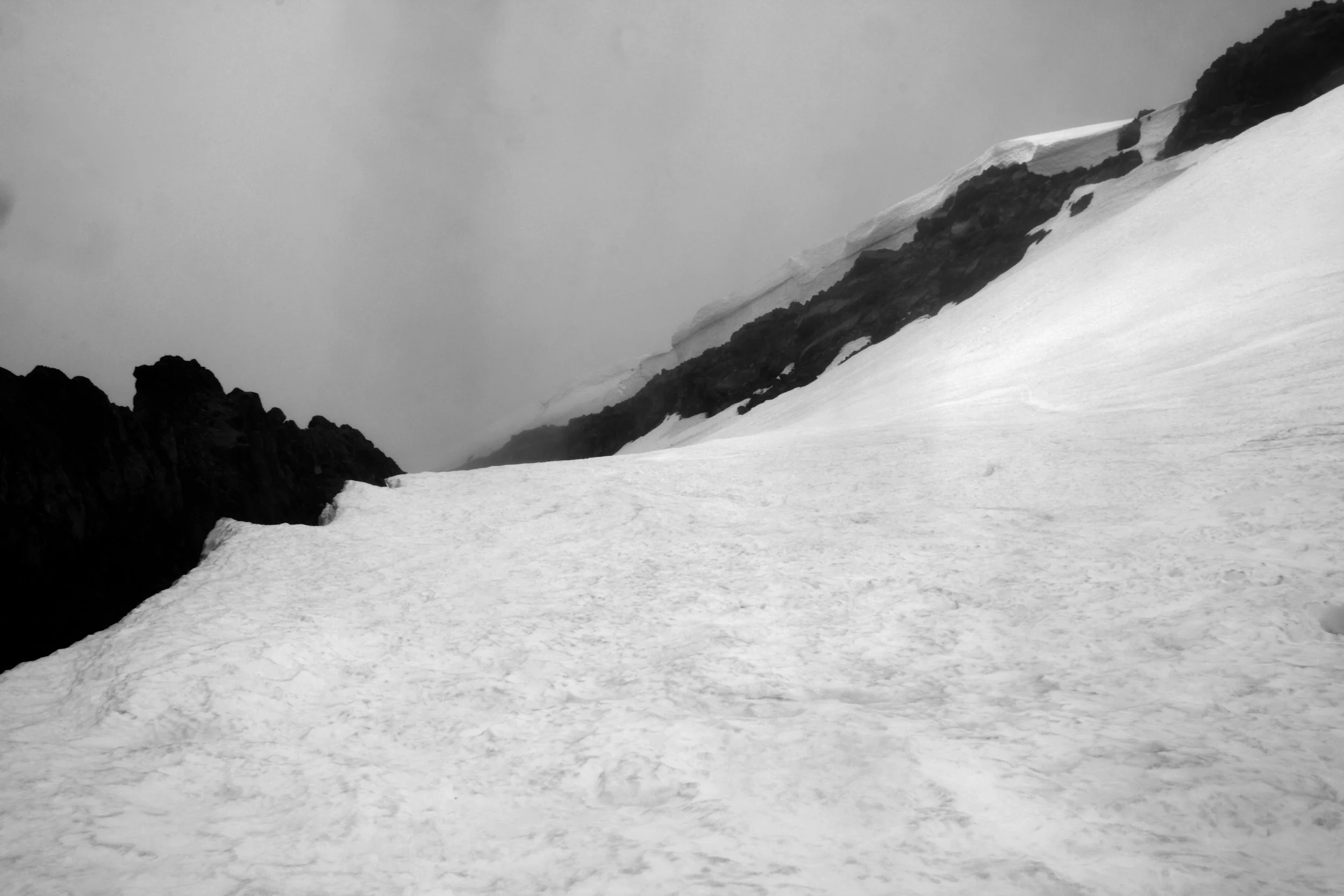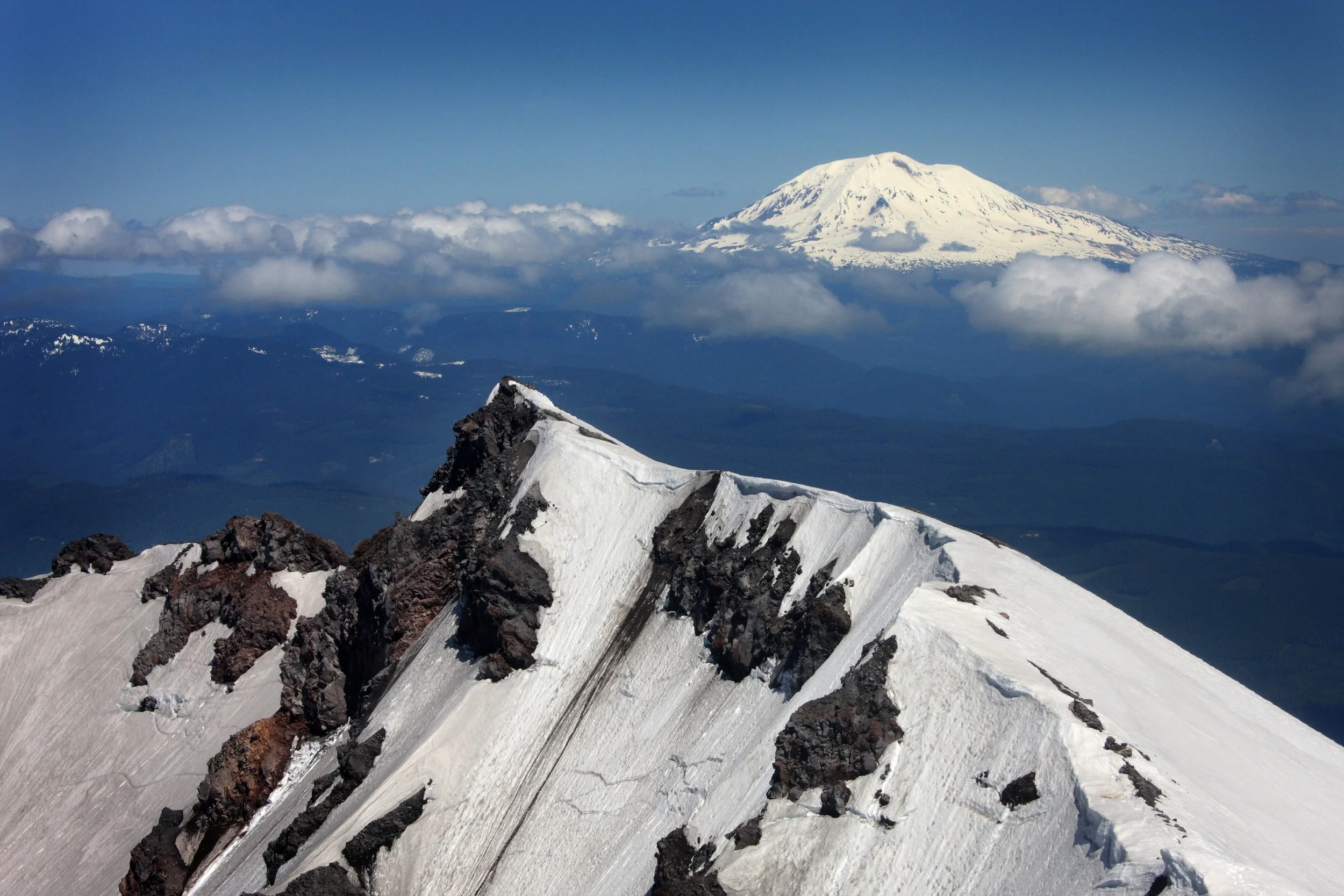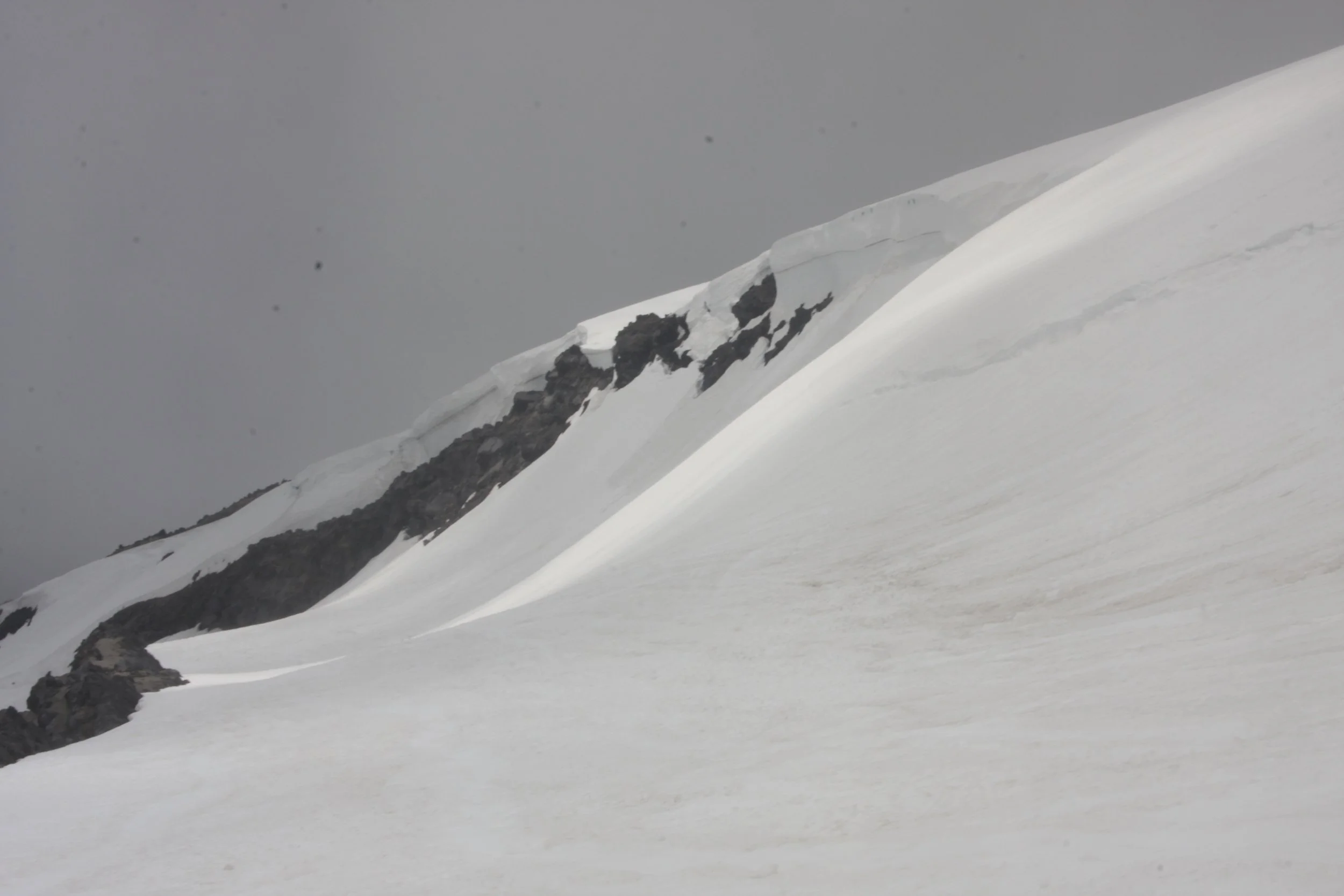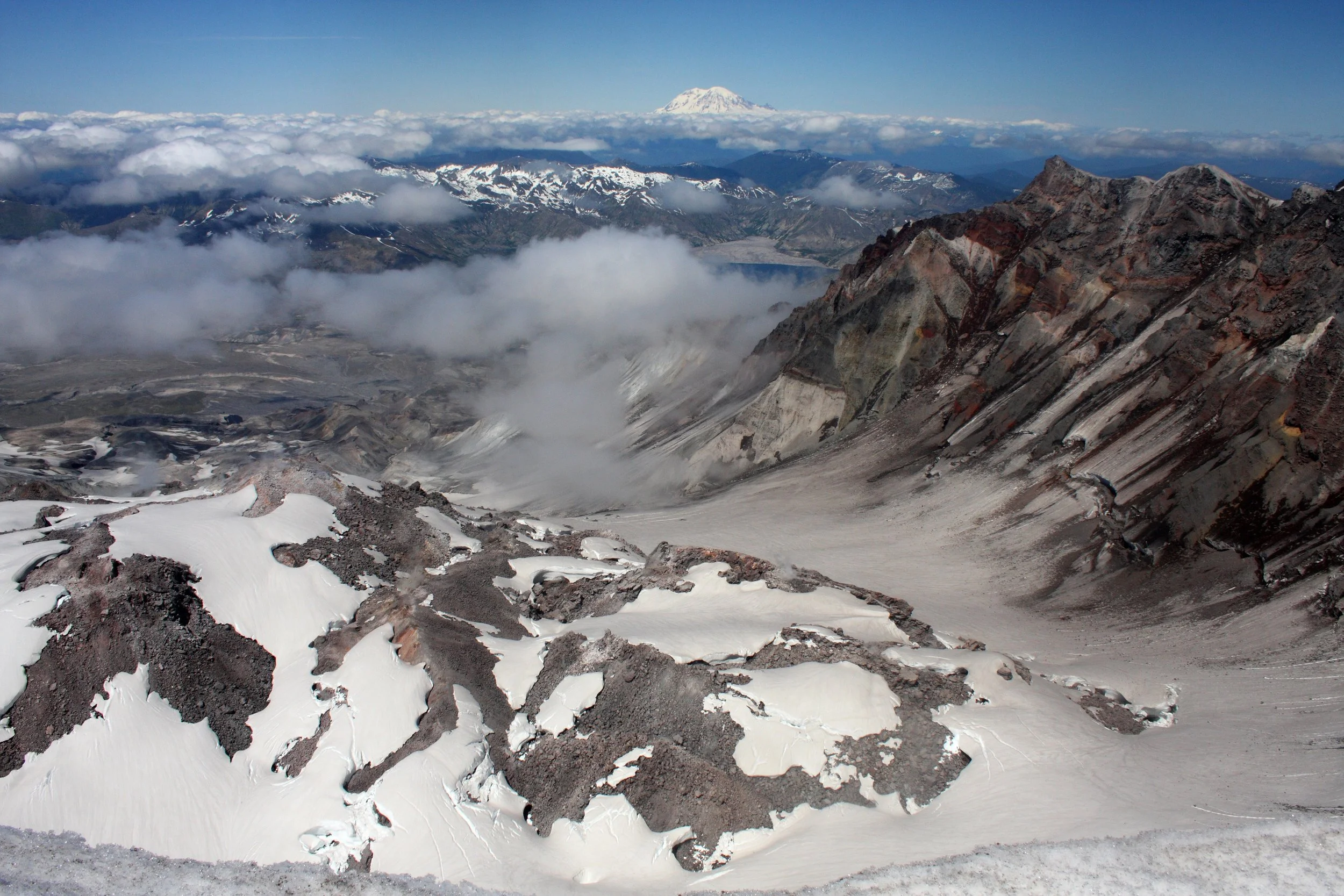Climb and ski Mount Saint Helens, the PNW’s most accessible volcano
Climb Mount Saint Helens via the Worm Flows and Swift Glacier
Start: Marble Mountain Sno Park, 2,700 feet
Destination: Mount Saint Helens Summit: 8,366 feet
Vertical rise: 5,975 feet
Round trip: 10 miles
Time: 6-9 hours
The volcanoes of the Pacific Northwest have proved worthwhile destinations for mountaineers and skiers for generations, and one of the most accessible is also one of the most famous: Mount Saint Helens.
Hiking to the summit of Mount Saint Helens in southwest Washington state is a big but achievable effort that rewards climbers with panoramic views of Mount Rainier, Mount Adams, Mount Hood and a good chunk of the central Cascades at the same time.
The view of the Mont Saint Helens volcano itself is also amazing, but in a completely different way; peering into the steaming central caldera gives a clear view of the Earth’s raw power, and makes you feel small.
The Mount Saint Helens eruption
Mount Saint Helens is a popular climb and ski in part because of the eruption that removed 1,312 feet of its upper, steeper slopes—its glacial accumulation zones—and the part of the mountain that was most prone to icefall, rockfall and avalanches. So it’s worth a recap of what happened.
On May 18, 1980 the Earth groaned beneath Mount Saint Helens as a magnitude 5.1 earthquake walloped the Cascades’ youngest volcano and triggered one of the largest landslides ever recorded.
The entire north slope of the 9,677-foot mountain fell away, exposing the volcano’s core and provoking gigantic explosions of steam, ash and rock. It’s a blast that leveled forests, melted glaciers and caused devastating mudflows that surged down the mountain’s flanks as ash shot 80,000 feet into the atmosphere and blanketed eastern Washington beneath feet of silty pyroclastic debris. Fifty-seven people and countless wild creatures died.
Because of its symmetry, the conical contours of Mount Saint Helens were said to be the most beautiful of the Cascades’ volcanoes, the “Mount Fugi of the West.” But when the 1980 eruption removed its highest 1,312 feet, the volcano’s appearance became more that of a squat Sumo wrestler than the sleek-lined ninja it had been.
The mountain’s north side, where the earth crumbled and the volcano exploded, boasts an impressive mile-across horseshoe-shaped crater. Its south side, though, still has smooth, undulating slopes and sleek, treeless lines. Mount Saint Helens south slopes are perfect for climbing, and, when the snow’s right, perfect for skiing.
Climbing Mount Saint Helens
Above the clouds on Mount Saint Helens, about a thousand feet below the crater rim.
Because the eruption removed the major accumulation zones of Mount Saint Helens’ glaciers, all of the climbing routes to the crater rim are considered non-technical. The ice that remains doesn’t move much and has relatively few crevasses.
At more than 5,500 feet of elevation gain from the Marble Mountain Snow Park to the crater rim at 8,366 feet, climbing Mount Saint Helens is a big undertaking, but it doesn’t lead climbers into technical or high-altitude terrain. For those willing to carry gear or use touring equipment at the right time of year, it’s also a fantastic intermediate- to advanced-level ski back down—and a doable day trip.
My experience of climbing and skiing Mount Saint Helens started on a drizzly 4 a.m. morning in Portland. Discouraged by the rain, I considered searching for the nearest paperback and espresso machine, but my Portland friends were persuasive.
“If you wait for good weather to get outside in the Northwest, you’ll never leave the house,” they said. We loaded the car and headed for Marble Mountain Sno Park at 2,700 feet on Mount Saint Helens’ southern flank.
The standard winter and spring climb on Mount Saint Helens’ is called the Worm Flows and ascends Swift Glacier and the ribs of lava that border it. (The standard summer route climbs Monitor Ridge from Climbers Bivouac. Scroll down for more information.)
It was late spring, and we carried ski gear to tree line at Chocolate Falls where we traded our hiking shoes for alpine touring ski equipment. From there it was a steady uphill slog through the fog to the upper mountain.
As footsteps fell away in meditative cadence the glare gradually mounted until we climbed through the clouds and marched beneath deep blue skies, a cottony blanket spreading south and east toward Mount Hood and Mount Adams.
An hour later, and some six hours after leaving the Sno Park, we plodded the final steps onto the crater rim, the solid quilt of clouds down below broke apart and revealed the Cascades’ wooded valleys 5,000 feet beneath our feet.
Mount Saint Helens’ huge horseshoe-shaped crater yawned to the north toward the imposing bulk of Mount Rainier, the highest and largest of the range’s volcanoes. Beyond the crater lay a wasteland of treeless ash and the azure blue of Spirit Lake. Vents in the crater spewed steam, and there was a difficult-to-describe sense that we were tangibly close to a potent and prolific force.
I lounged on the crater rim long enough to be the day’s final climber, then I buckled my boots and clicked into my skis. It was late in the season for skiing, but the day’s clouds had kept the snow from melting, and I skied down on fantastic mid-summer corn. What had taken five hours to climb took 20 minutes to descend.
Mount Saint Helens climbing and skiing hazards
Glacier and alpine travel come with a suite of hazards. Climbers and skiers must be aware and take precautions. Looking down the main line on Swift Glacier.
Climbing Mount Saint Helens is relatively safe, but basic wilderness know-how will keep you out of trouble.
In particular, climbers need to be physically fit and prepared for a wide variety of shifting weather and snow conditions. Depending on current weather and snow, gear may include an ice axe, crampons, gaiters, protective pants, winter coat, and ski gear including skins and ski crampons.
It’s important to note that Swift Glacier is an active glacier that may have visible and invisible crevasses. As with all glacier travel—and travel in alpine areas in general—use caution and pay attention to terrain that poses hazards like gullies, cornices and steep slopes.
As with all objectives that require a big physical effort, abundant food and water are mandatory, as is the standard assortment of essential gear like a first aid kit, knife and sunscreen.
Permits and current conditions on Mount Saint Helens
Climbing permits are required year-round on Mount Saint Helens, with a higher degree of regulation during the spring, summer and fall climbing seasons, April 1 through October 31. During that peak season, permits are released in one-month increments on the first day of the preceding month. So June permits are released May 1, and July permits are released June 1. The fewest permits are issued between May 15 and October 31. In the winter, permits are self-issued with no limit.
Winter and spring climbers need to be aware of current snow conditions and avalanche hazards. Mount Saint Helens isn’t exceedingly steep, but there are abundant steep ridges, cornices and wind-loaded slopes. In addition, Pacific Northwest weather often shifts dramatically, and fast. Check avalanche reports and weather forecasts before leaving your car.
Snow Park passes are required between December 1 and March 31, and must be purchased in person at a retailer. They are not available online or at the trailhead.
Monitor Ridge, the standard summer route up Mount Saint Helens
The standard summer hike up Mount Saint Helens leaves Climbers Bivouac and ascends Monitor Ridge—a little west of Swift Glacier. The two routes converge about 1,000 feet below the summit, but if you’re climbing in July, August or September, it may be best to choose the Monitor Ridge route.
Summer hiking and biking alternatives
Mount Saint Helens has a number of excellent trails, including the Loowit Trail, which circles the mountain on its west, south and east faces. It’s popular among backpackers, and I’ve heard reports (that I can’t yet confirm) about it making for a great mountain bike ride.
Mount Saint Helens National Volcanic Monument
Mount Saint Helens has been memorialized as part of the Mount St. Helens National Volcanic Monument and is managed by the U.S. Forest Service.
Part of the Gifford Pinchot National Forest, the 110,000 acre monument was established in 1982 and includes the volcano itself, as well as areas to the north, including Sprit Lake and Coldwater Lake. The Johnson Ridge Observatory offers interpretive facilities during the summer season.
Resources and useful links
Go to recreation.gov for more information about Mount Saint Helens climbing permits.
Read more about Monitor Ridge, the summer hiking route, at the Mount Saint Helens Institute website.
Find information about current conditions at the Mount Saint Helens Institute website.
The USGS has the most interesting collection of information I could find about the volcano itself.
The U.S. Forest Service’s Giffort Pinchot National Forest manages the Mount Saint Helens National Volcanic Monument.
Summit Post information about climbing and skiing the Worm Flows route.
The Mount Saint Helens Institute has an array of interesting and helpful information.


